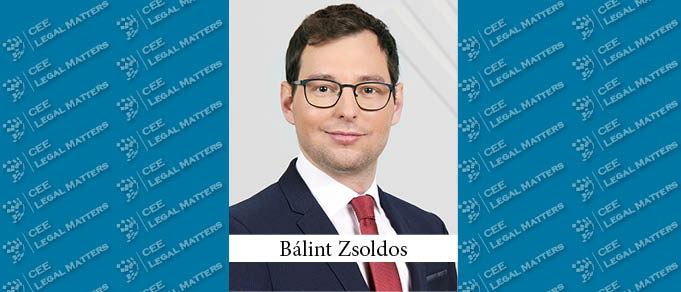The digitalisation of the Hungarian tax system has reached another important milestone: after lengthy preparatory work (and a few setbacks), the e-VAT system was launched on 1 January 2024, on a voluntary basis, for now.
The framework of an electronic VAT system (e-VAT, eÁFA in Hungarian) was introduced in Hungary back in 2021 with main objectives of the development to:
- automate the processes related to the preparation and submission of VAT returns;
- reduce the number of incorrect returns, thereby simplifying the control process and reducing the number of controls required;
- reduce the VAT gap in Hungary (already under 5%).
The concept is basically a set of services based on data available at the tax authority to help taxpayers prepare VAT returns. Accordingly, for tax assessment periods starting on 1 January 2024 and thereafter, the VAT return obligation can be fulfilled in one of the following alternative ways:
(1) the usual way, i.e.; by submitting the completed form in the so-called ÁNYK system;
(2) via an e-VAT machine-to-machine (M2M) link;
(3) by accepting the draft return prepared via the electronic interface provided by the tax authority (e-VAT web interface).
The system went live as of 1 January 2024 and might be applied first for the periods starting from that date, i.e. first e-VAT returns are expected by 20th February 2024. This implies that in this – for now, indefinite – test period the above alternatives will allow taxpayers to try out the e-VAT system in such a way that, in the event of errors or inaccuracies, they can still submit their returns in the old way, safely and securely. On the long run, however, once the ÁNYK system is phased out, e-VAT is expected to be the only viable option and thus became mandatory. It is no secret that the goal of the tax office is to utilize standardized data from the taxpayers for more and more automated, autonomous risk assessment and more targeted and thus more effective tax audits. The pre-defined data structure and a standard list of tax codes as required by the e-VAT scheme should fit in to this tendency, especially in the case of M2M data provision and potential cross-checks with the e-invoice data already available for the tax authority.
It is also clear that the tax authority is keen to see more and more taxpayers gradually shifting to e-VAT and to standardised processes offered by the new system. In order to facilitate the transition to the new system, there are several advantages that might be considered:
- structured and detailed VAT analytics data (such as invoices received and issued, customs procedures data, etc.) can be retrieved from the tax authority database,
- pre-filing (cross-)check results in a more extensive validation than previously, which may even highlight discrepancies sought by the NAV in its risk analysis,
- a grace period of 15 days is provided: no self-audit surcharge is applicable and no audit can be initiated (for reliable taxpayers) within this timeframe.
It is worth considering at least trying the new scheme in the test period without risk: If a taxpayer files more than one return for the same period, the first return filed is the taxpayer's return, the other returns – e.g. submitted in the e-VAT system – are not considered and thus can be tested freely.
By Balint Zsoldos, Head of Tax, KCG Partners Law Firm




